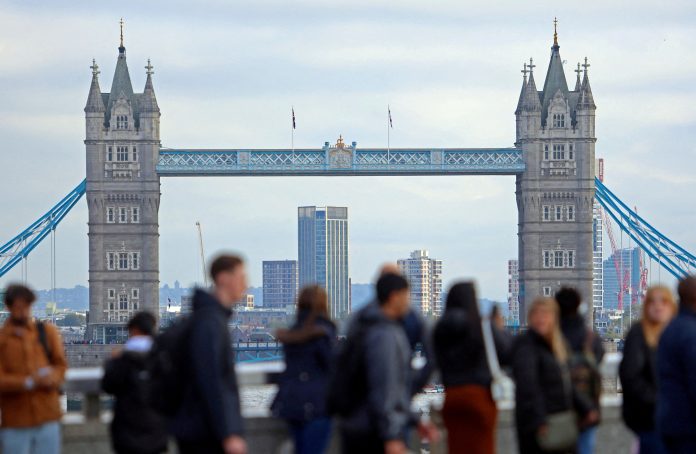The UK economy continues to show sluggish growth, reinforcing expectations of an interest rate cut by the Bank of England. According to the Office for National Statistics (ONS), GDP grew by just 0.1% in November, which was below economists’ forecasts who had expected a 0.2% increase.
Real gross domestic product (GDP) fell by 0.1% in October, following a similar fall in September and a 0.2% rise in August. Growth in November was driven mainly by the services sector, but this did not offset the overall decline in manufacturing and construction.
The ONS said real GDP is estimated to have shown no growth in the three months to November compared with the three months to August. The ONS said in a press release:
“Services showed no growth over this three-month period, while manufacturing fell 0.7 per cent and construction rose 0.2 per cent.”
UK Chancellor Rachel Reeves emphasised the need to accelerate economic growth. In a statement, she said she was committed to reform, attracting investment and optimising public spending.
However, the government is under pressure from rising public borrowing costs, increasing tax burdens on business and questions over fiscal policy.
Arguments for an interest rate cut
Weak growth figures are fuelling arguments for an interest rate cut by the Bank of England, which is scheduled to meet on February 6. The pound sterling has already reacted with a rate cut against the dollar.
Economists believe that a rate cut to 4.50% would be a logical step in the context of weak economic dynamics. According to Ashley Webb of Capital Economics, the combination of weak GDP growth and falling inflation provides the basis for such a decision.
The latest inflation data shows a slowdown in consumer price growth. The inflation rate was 2.5 per cent in December, down from 2.6 per cent in November, which was below forecasts. Core inflation also slowed from 3.5 per cent to 3.2 per cent.
Despite this, services inflation remains high, although it fell to 4.4% in December from 5% in November.
The UK economy has been struggling recently as economists have expressed concerns about the country’s sluggish growth prospects and fears of headwinds from both external factors, such as the potential increase in trade duties after President-elect Donald Trump takes office on January 20, and the domestic fiscal and economic challenges that have plagued the Labour government and the Treasury since the budget was passed in October.
Need for reforms
Samuel Edwards, head of dealing at Ebury, noted that stagnant GDP in November offset the positives from slowing inflation. He emphasised the importance of diversifying export markets and strengthening ties with the EU and China to improve the resilience of the economy.
Weak economic growth in November and slowing inflation signalled the need for comprehensive reforms. Interest rate cuts can temporarily support the economy, but sustainable growth requires longer-term measures, including investment stimulus, labour market reforms and expanded foreign economic relations.
There remains optimism that closer trade relations with major partners such as the US and China will help the UK overcome current difficulties and get back on a strong growth path.
